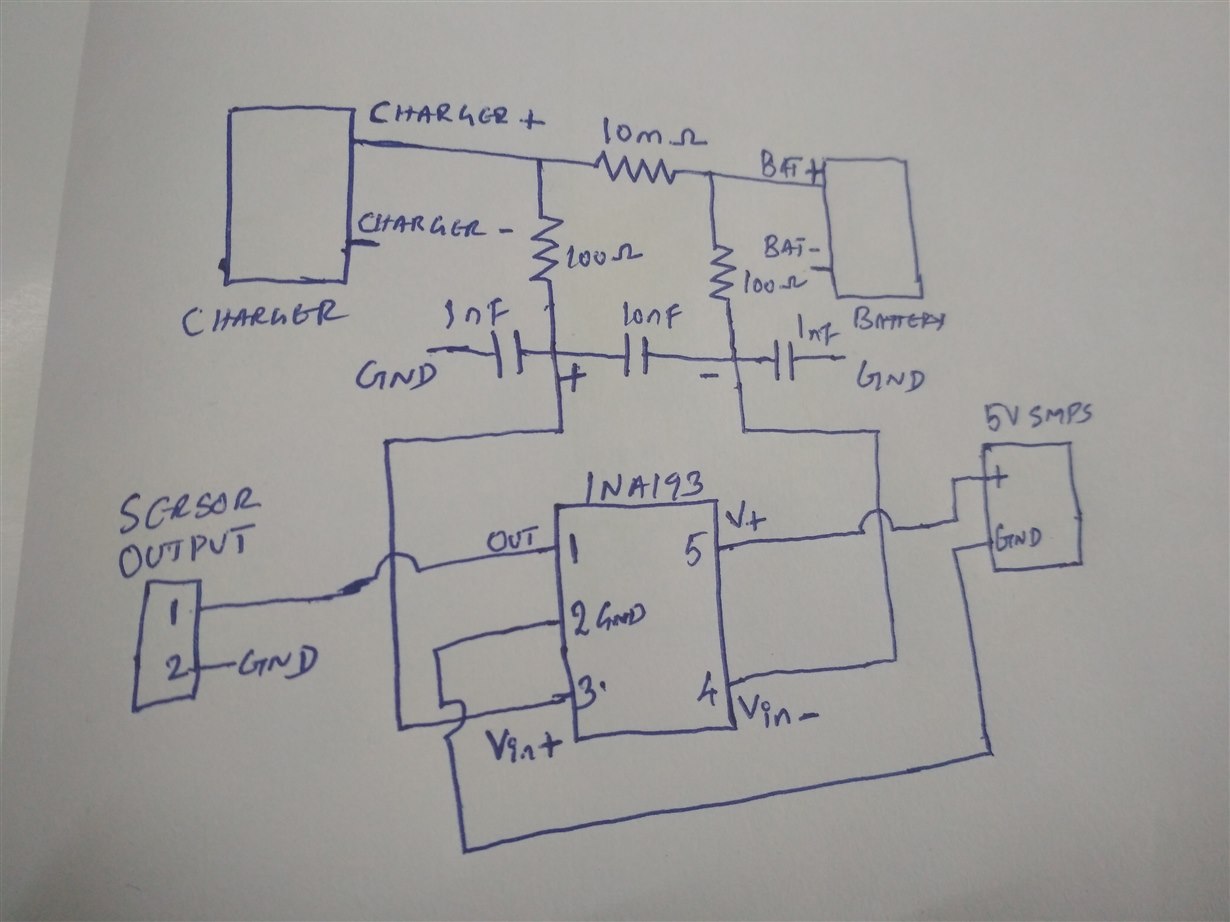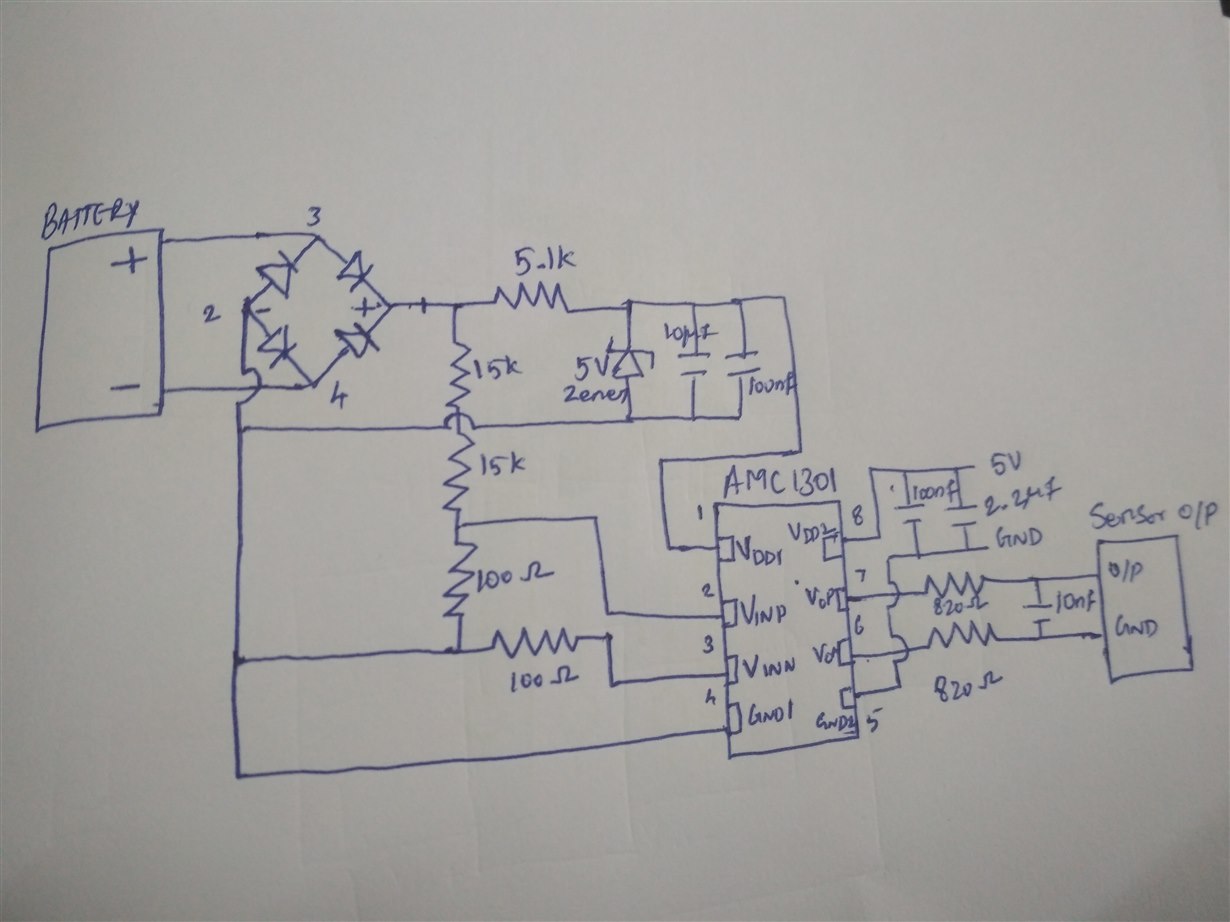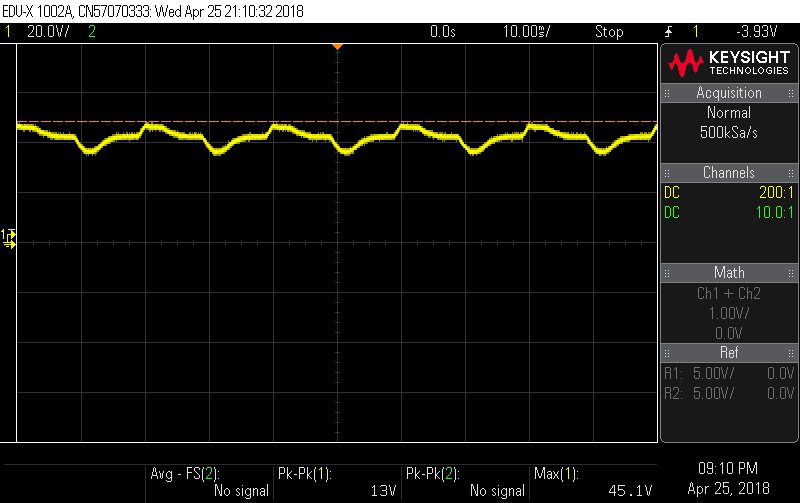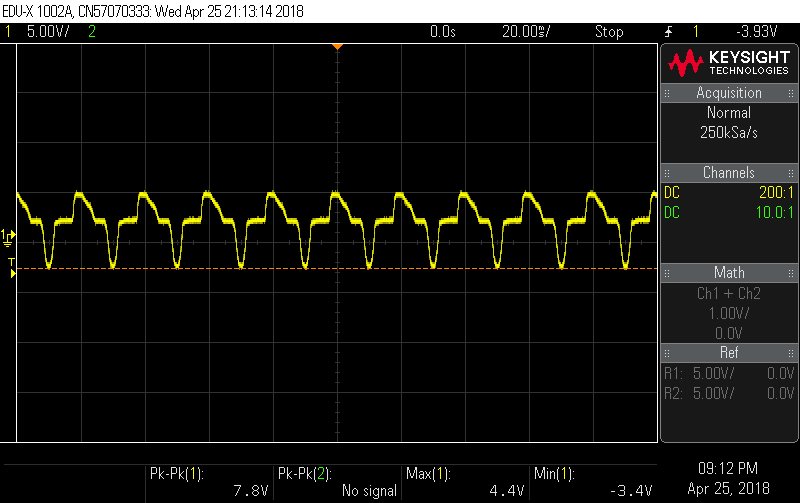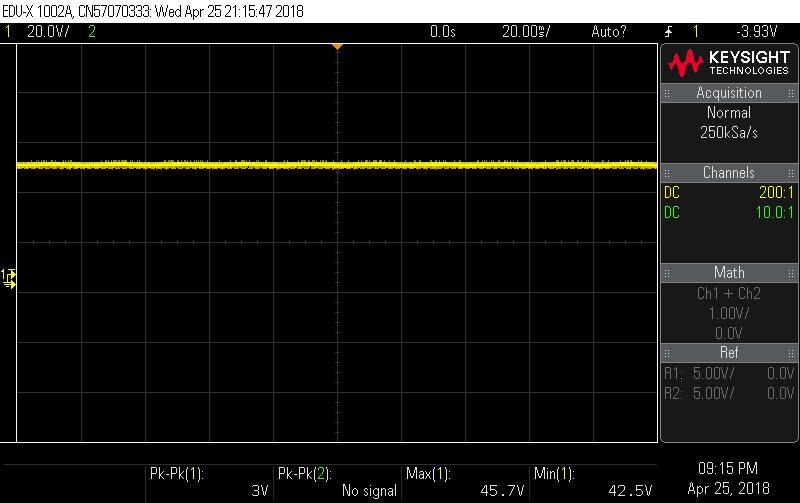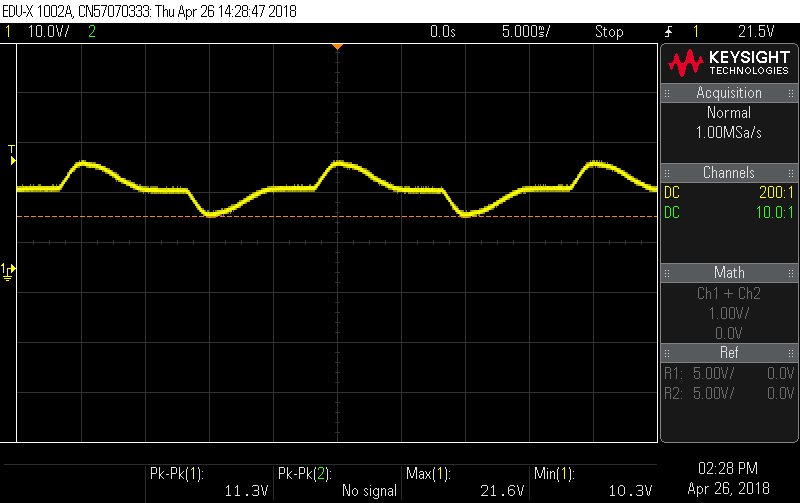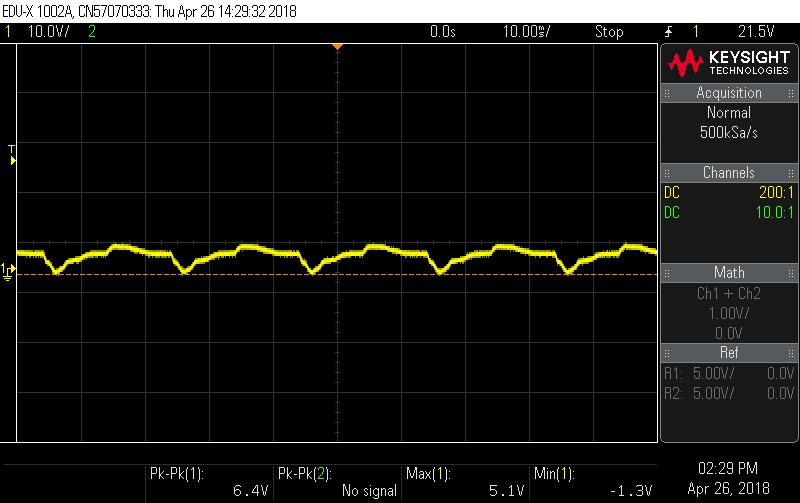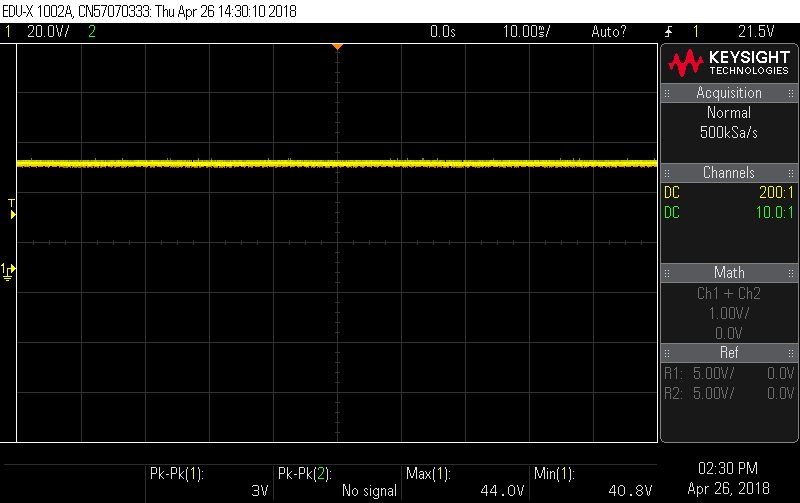Hii
We are currently using INA193AIDBVT current sensor for a battery charging application. We are using this sensor for both 24V and 48V chargers. At starting few cycles (10 to 15) its works fine, after that sensor accuracy gets slightly down then after few cycles( 1 to 2) it failed.now sensor output is zero. we are measuring the current from 0 to 5A.
current sensor is placed between Charger Positive and Battery Positive. Sensor ground and battery negative are not connected. battery negative is isolated from microcontroller (tms320f28069m) ground and sensor ground. sensor and micro controller grounds are same.
Also we are using AMC1301 for voltage sensing. which requires two isolated power supplies. one we get from the separate 5V power supply (its negative is connected to micro controller ground and sensor ground) another one we get from the battery voltage.for this reason we are not connecting the battery negative with INA193 ground.
current sensor is repeatedly failed. what could be the possible reason for this failure?
is it mandatory to connect battery negative with sensor ground?
if i connect battery negative with sensor ground, will AMC sensor fail?
Here i attached the sensor schematic diagram for your reference.
thank you
with regards
KALYAN


